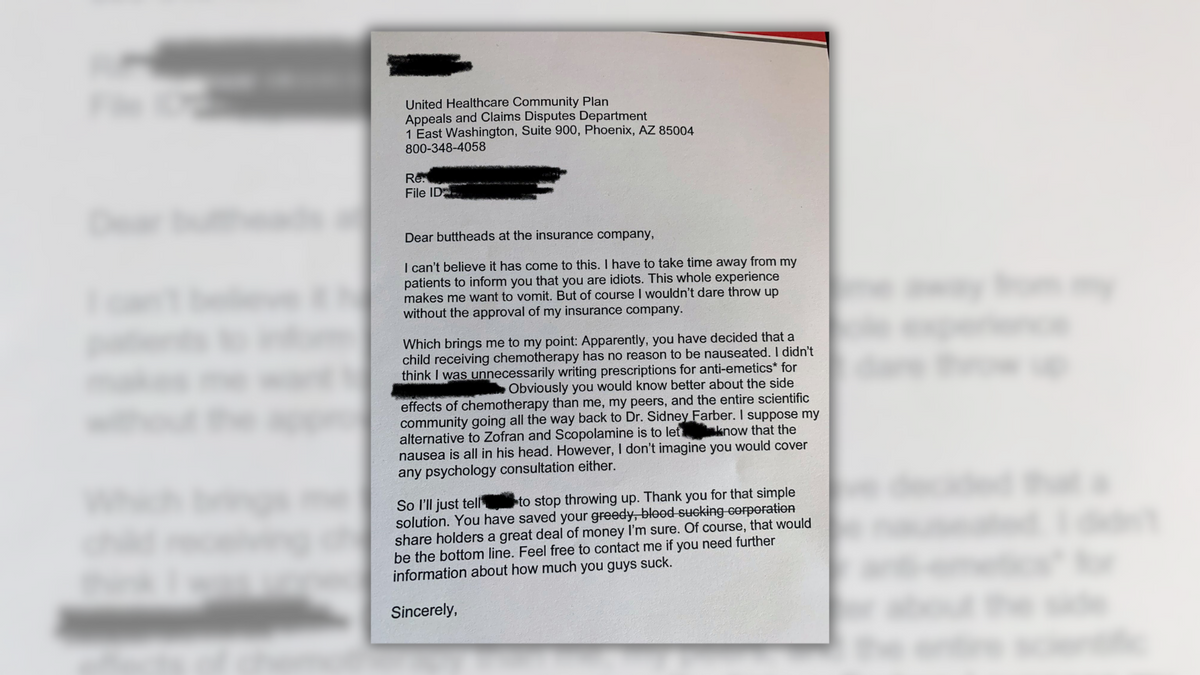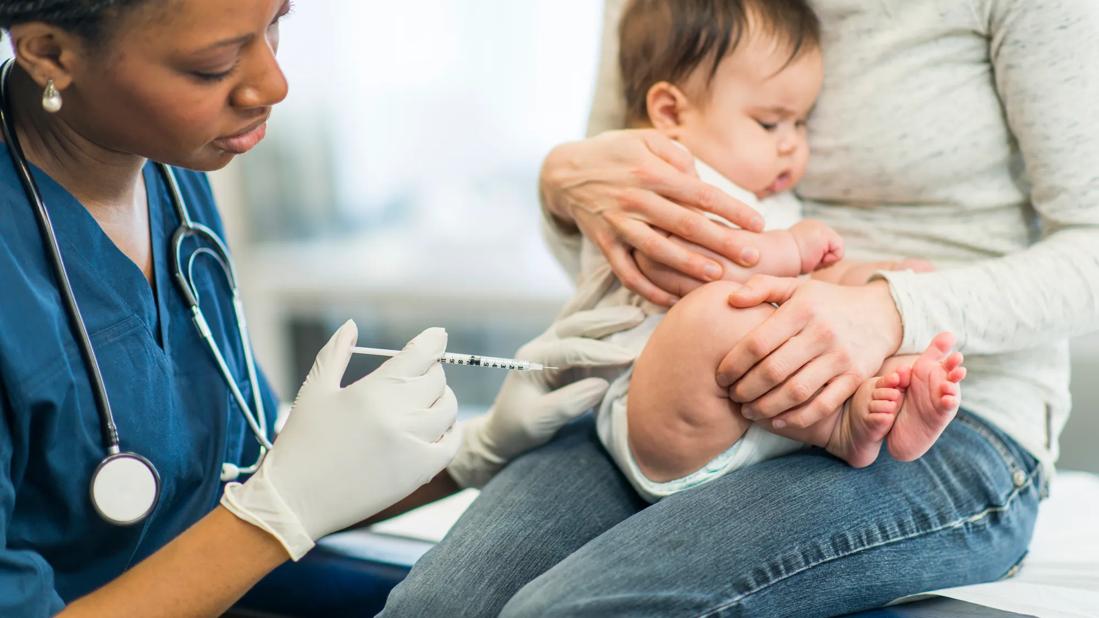$228M program to support children with cancer

Published: 11 Mar. 2024, 16:56
-

- LEE SOO-JUNG
- [email protected]

Pediatric cancer patients and their families attend a symposium about child cancer and rare diseases which was held last year at the Seoul National University Hospital. [SEOUL NATIONAL UNIVERSITY HOSPITAL]
Ms. Kim, a mother of an eight-year-old child diagnosed with a rare pediatric cancer, can’t forget the daunting moment five years ago when a doctor told her, “There is a medication, but not in Korea.”
“An antidote dubbed ‘Qarziba’ is available in foreign countries, however, most Korean pediatric cancer patients rely on another first-generation anti-cancer drug with relatively higher level of toxicities,” the doctor said.
Her child, then three years old, was suffering from high fever and stomachache, and diagnosed with neuroblastoma, a cancer that turns nerve cells into tumors and cancer cells. The disease is the third-most common type of cancer that appears in children, following solid tumors and brain tumors.
Kim was determined to save her child. A discouraging reply from an overseas-based pharmaceutical company saying there was no plan to launch the drug in Korea could not stop her.
She paid a total of 34 million won ($25,817) for two vials of the drug. A vial refers to a small glass jar containing an injecting substance or medication.
Kim ordered and obtained the drug via the Korea Orphan & Essential Drug Center managed by the Ministry of Food and Drug Safety.
Afterward, her struggle continued because she had to shoulder “all the logistic costs, value-added taxes and custom taxes.” She was also responsible for carrying and storing the drug in temperatures between two and eight degrees Celsius (35.6 and 46.4 degrees Fahrenheit).
Kim and her child carried a thermometer and a cooler to bring the medication from the drug center to their home.
They stored the medicine in a kimchi refrigerator until the scheduled date of hospitalization. The family installed a beeping thermometer inside the fridge to keep the drug in the best condition.
On the day of getting admitted to the hospital, they handed over the medication to the hospital. Their anxiety went away and the child got better.
![Medical professionals give presentation about child cancer diagnosis and treatment during a session for ″Lee Kun-hee Project″ in February. [JANG JIN-YOUNG]](https://koreajoongangdaily.joins.com/data/photo/2024/03/11/cb9b4abf-89a9-4c9e-b82e-8f9f836412b9.jpg)
Medical professionals give presentation about child cancer diagnosis and treatment during a session for ″Lee Kun-hee Project″ in February. [JANG JIN-YOUNG]
Pediatric cancers are hard to diagnose. Procuring medications is another uphill battle.
Doctors struggle to identify a specific cause of genomic aberration in child patients with rare solid tumors as well as accessing the right drug to address it.
In most cases, medications are only available in other countries, or their usage are only permitted to adults.
Child patients face different realities than adult counterparts who can receive immunotherapy or targeted chemotherapy.
“Overseas patients can easily access clinical trials for new drugs, while most Korean patients do not have opportunities to do so,” Prof. Lee Ji-won, a pediatrician at Samsung Medical Center, said.
Child cancer patients need drugs with lower levels of toxicity and higher efficacy because a long life awaits them after the treatment. However, low profitability, stemming from the small number of patients who would purchase the drugs, makes pharmaceutical companies hesitant about drug development.
In some other cases, medical professionals directly source drugs for their young patients.
“To help a one-year-old patient who had a relapse of congenital glioblastoma, I brought a foreign-made medicine through the so-called ‘expanded access program,’ which offers a drug in trial process for humanitarian purposes,” said Prof. Koh Kyung-nam, a pediatrician at Asan Medical Center.
With the doctor’s proactive intervention and help, the young patient was properly cured.
“Procedures to receive a clearance from the Ministry of Food and Drug Safety are complicated. The grounds for using such drugs and the usage plans should be detailed to the authorities,” Ko said.
“In some very rare cases, we receive medicine that nears its expiry, as an exception.”
He added such situations fall into the gray area, preventing medical professionals from storing the drugs at the hospital’s pharmacy department.
“When the ordered medicine arrives at the hospital right away from the airport, I go out to the lobby to pick it up and put it in a fridge in offices or research laboratories.”
![Prof. Phi Ji-hoon, a pediatrician at the Rare Disease Center of Seoul National University Hospital, speaks at a session for ″Lee Kun-hee Project″ to help pediatric cancer patients receive precise diagnosis and treatment in February. [JANG JIN-YOUNG]](https://koreajoongangdaily.joins.com/data/photo/2024/03/11/d723a8c2-38a2-4ae8-99b7-c53b3eece91a.jpg)
Prof. Phi Ji-hoon, a pediatrician at the Rare Disease Center of Seoul National University Hospital, speaks at a session for ″Lee Kun-hee Project″ to help pediatric cancer patients receive precise diagnosis and treatment in February. [JANG JIN-YOUNG]
A donation of 300 billion won ($228 million) from the late Samsung Chairman Lee Kun-hee helped the medical sector realize its efforts to provide the best prescription for young cancer patients. Seoul National University Hospital is steering the program dubbed the “Lee Kun-hee Project.”
The program set up a cutting-edge system that uses whole-genome sequencing technologies and a molecular tumor board. This collective intelligence platform for doctors lets child cancer patients nationwide receive a precise diagnosis.
Its new focus is optimizing drug selection to offer the best medicine to child patients.
The upcoming program will streamline medical care procedures — from diagnosis to treatment — for child patients with solid tumors and cancer. It plans to synergize the efforts of families and medical staff.
“The new program will provide bespoke prescriptions based on an accurate diagnosis, even considering patients’ personal health conditions,” said Prof. Phi Ji-hoon, a pediatrician at the Rare Disease Center of Seoul National University Hospital. “It will help hospitals source the best-matching drugs for patients.”
“Coordination between the ministry, pharmaceutical companies, and medical professionals will improve drug accessibility, making the country see a rise in cure rate,” Phi added.
The scope of applicable medications will gradually expand from adults-only drugs to unapproved drugs in Korea and new drugs in clinical phases.
“It will be remarkable to see when treatment effects soar from zero to 100 percent or 30 percent to 50 percent,” Koh said.
“The program will fund pharmaceutical companies to let them launch well-designed clinical trials that accept young patients as participants upon finding a biomarker, a biological indicator allowing the treatment for any solid tumor. Ultimately, more child patients will become drug recipients,” Prof. Phi said.
![A pediatric cancer patient and families pose for a picture at a symposium about child cancer which was held last November at Seoul National University Hospital in Seoul. [SEOUL NATIONAL UNIVERSITY HOSPITAL]](https://koreajoongangdaily.joins.com/data/photo/2024/03/11/394b959a-41fa-4aef-9d5b-f135d4a13bc5.jpg)
A pediatric cancer patient and families pose for a picture at a symposium about child cancer which was held last November at Seoul National University Hospital in Seoul. [SEOUL NATIONAL UNIVERSITY HOSPITAL]
The program plans to expand the treatment opportunities by coordinating with Germany’s one-to-one clinical trial program dubbed INFORM – INdividualized Therapy FOr Relapsed Malignancies in Childhood.
Phi and Lee have sought support from pharmaceutical companies and KoreaBio, a representative organization in the bioindustry field, since the end of last year. Such endeavors were embodied in a symposium hosted in February with officials from the government and pharmaceutical companies in attendance.
The event was the first step in floating the agenda on precise treatment for child patients with solid tumors.
“Through joint coordination with bio-venture firms and pharmaceutical companies, the program will improve its treatment capabilities, including diagnosis of all kinds of cancer,” Phi said, adding that the donation has made such efforts possible.
BY HWANG SU-YEON [[email protected]]
link





